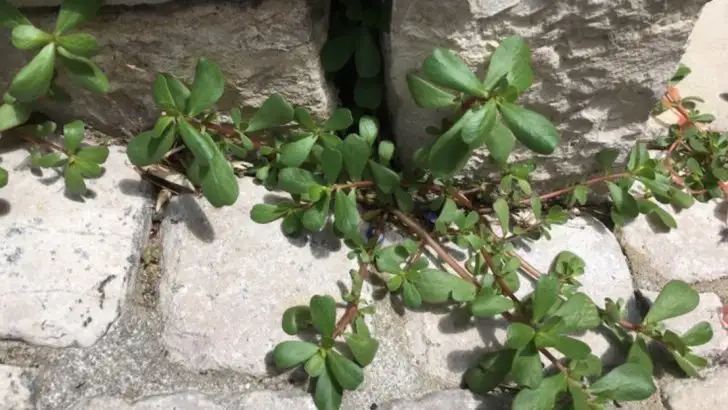Instead of fighting weeds across every inch of my garden, I started paying attention to where they choose to grow—and why. Over time, I stopped pulling them altogether in certain areas and began practicing what I now call wild garden zoning.
By letting specific “weeds” thrive in selected corners, I discovered they could rebuild soil, attract beneficial insects, and even protect nearby crops from wind and erosion. Each patch became its own micro-zone, with its own function and rhythm—guided more by observation than control.
In this article, I’ll show you how letting nature claim space with intention can turn unwanted growth into an asset. This isn’t neglect—it’s a strategy. One that brings more balance, less stress, and a healthier garden with far less effort.
Dandelion Delight
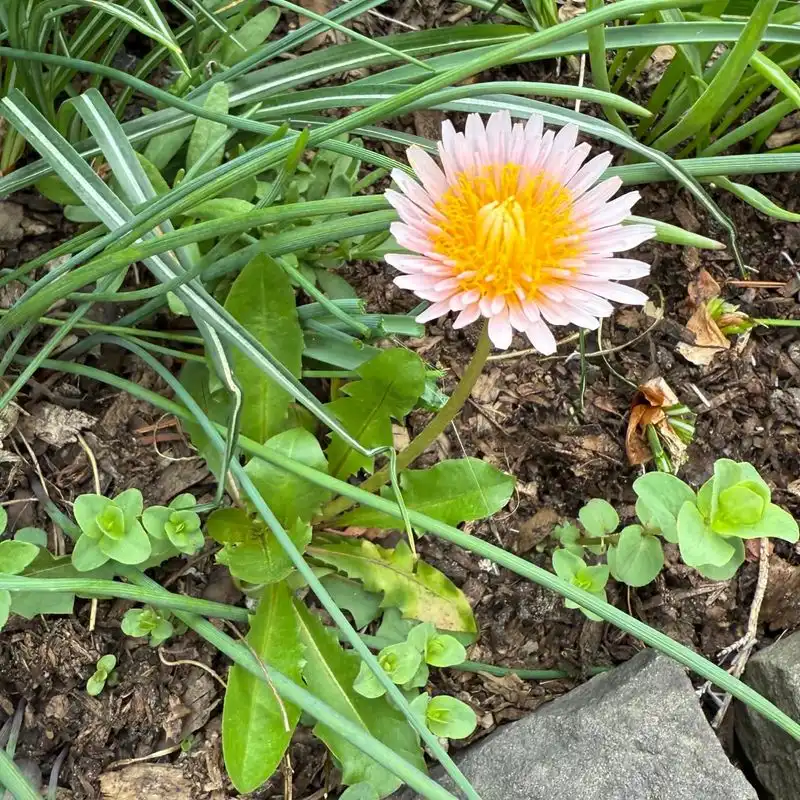
Dandelions, often seen as persistent invaders, can transform a garden’s dynamics. Their deep roots aerate compact soil, improving drainage and nutrient flow. In a sunlit corner, these golden blooms invite bees, crucial pollinators, boosting biodiversity.
One might overlook them for their ubiquity, but they bring a touch of bright, wild beauty that’s tough to replicate. Dandelions also offer a herbal pantry; leaves for salads, flowers for wine. Their resilience makes them a staple in my garden’s ecosystem, turning a nuisance into a blessing.
Clover Patches

Clover isn’t just for luck; it’s a secret weapon in soil health. Nitrogen-fixing roots enrich the earth, naturally fertilizing surrounding plants. Nestled in shaded sections, clover maintains moisture and suppresses less desirable weeds.
The soft foliage provides a gentle, green carpet that soothes the eyes and feet alike. Its subtle presence charms without overpowering, creating harmony in the garden’s understory. Often, I find myself pausing to admire its understated elegance, a quiet contributor to my garden’s balance. This modest plant ensures the soil stays fertile and vibrant, supporting more flamboyant flora.
Nettle Haven
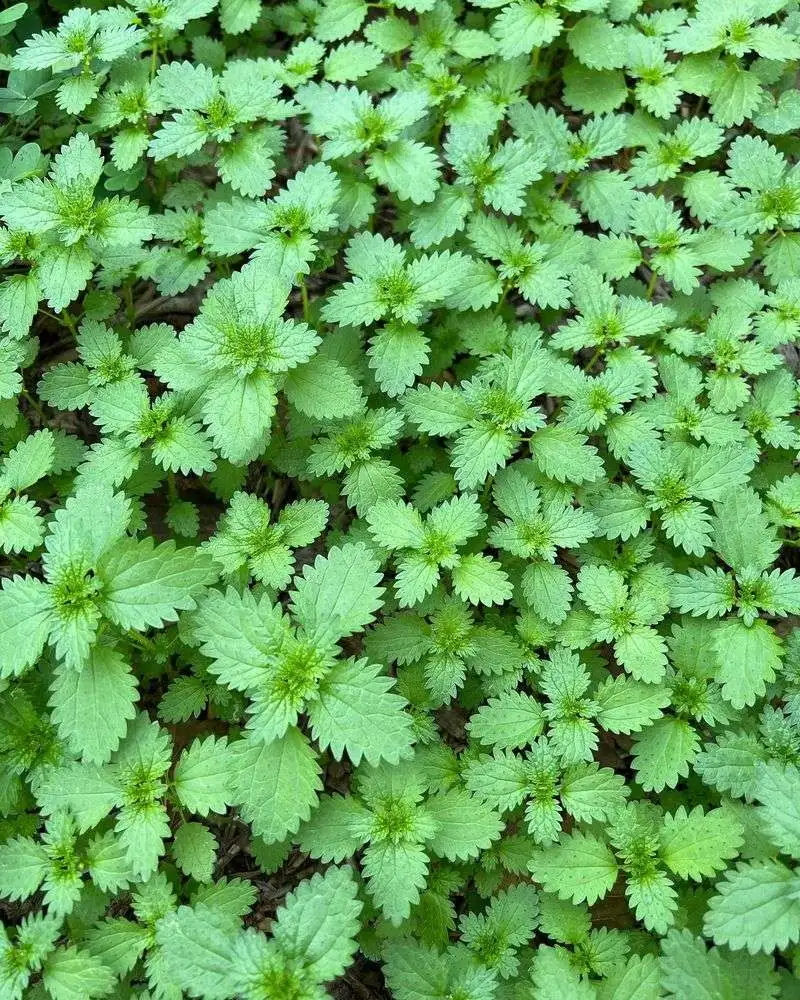
Nettles, often met with trepidation, are powerhouses of biodiversity and nutrition. In the garden’s wilder corners, they provide a habitat for beneficial insects and a bounty for herbal enthusiasts.
These prickly plants, when harvested with care, transform into a nutrient-rich tea or soup. They play a surprising role in pest management, attracting ladybugs and lacewings that keep aphid populations in check.
Beyond their prickles lies potential; nettles offer a unique blend of utility and wild charm that enriches my garden’s tapestry. With gloves on hand, they’re a gardener’s ally in disguise.
Chicory Charm
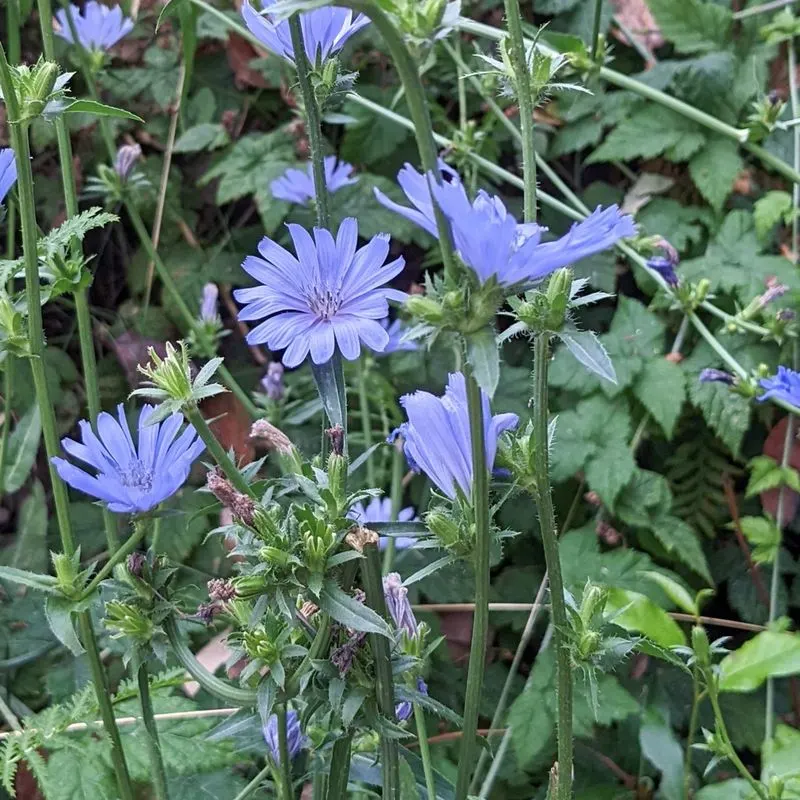
Chicory’s vivid blue flowers bring a splash of color to my garden’s rocky edges. These perennials thrive where others falter, defying harsh conditions with grace. Their roots, famous for chicory coffee, also improve soil structure.
Chicory’s resilience is matched by its beauty, a beacon of tenacity in barren spots. It’s a haven for pollinators, luring bees and butterflies with its nectar.
This plant’s ability to flourish in adversity makes it an inspirational presence in the garden. Its roots delve deep, offering lessons in perseverance and adaptation. Chicory’s charm lies in its unyielding spirit.
Purslane Perks
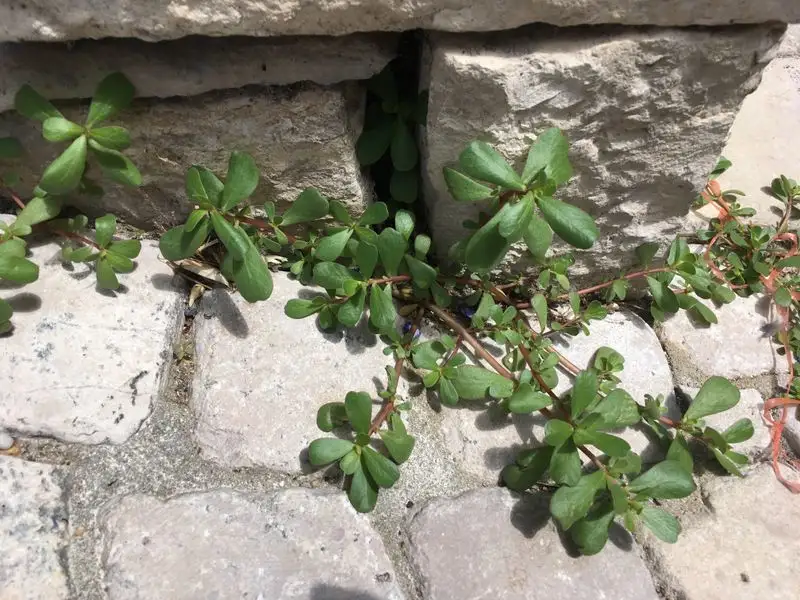
Purslane, with its succulent leaves, is a garden’s unsung hero. Thriving in sunny patches, it offers a bounty of omega-3 fatty acids, rare among plants. This hardy groundcover adds a crunchy twist to salads and thrives with minimal care.
Purslane’s tenacity in hot, dry conditions keeps the soil covered, reducing erosion and conserving moisture. It’s a living mulch that supports soil health while feeding the family.
With its understated presence, purslane quietly fortifies both garden and gardener, proving that even the smallest plants can have a significant impact. Its resilience is a comforting constant in my gardening journey.

